DJI Neo 2 vs DJI Neo: 5 big upgrades in DJI's latest selfie drone
What a difference a year makes in the world of drones
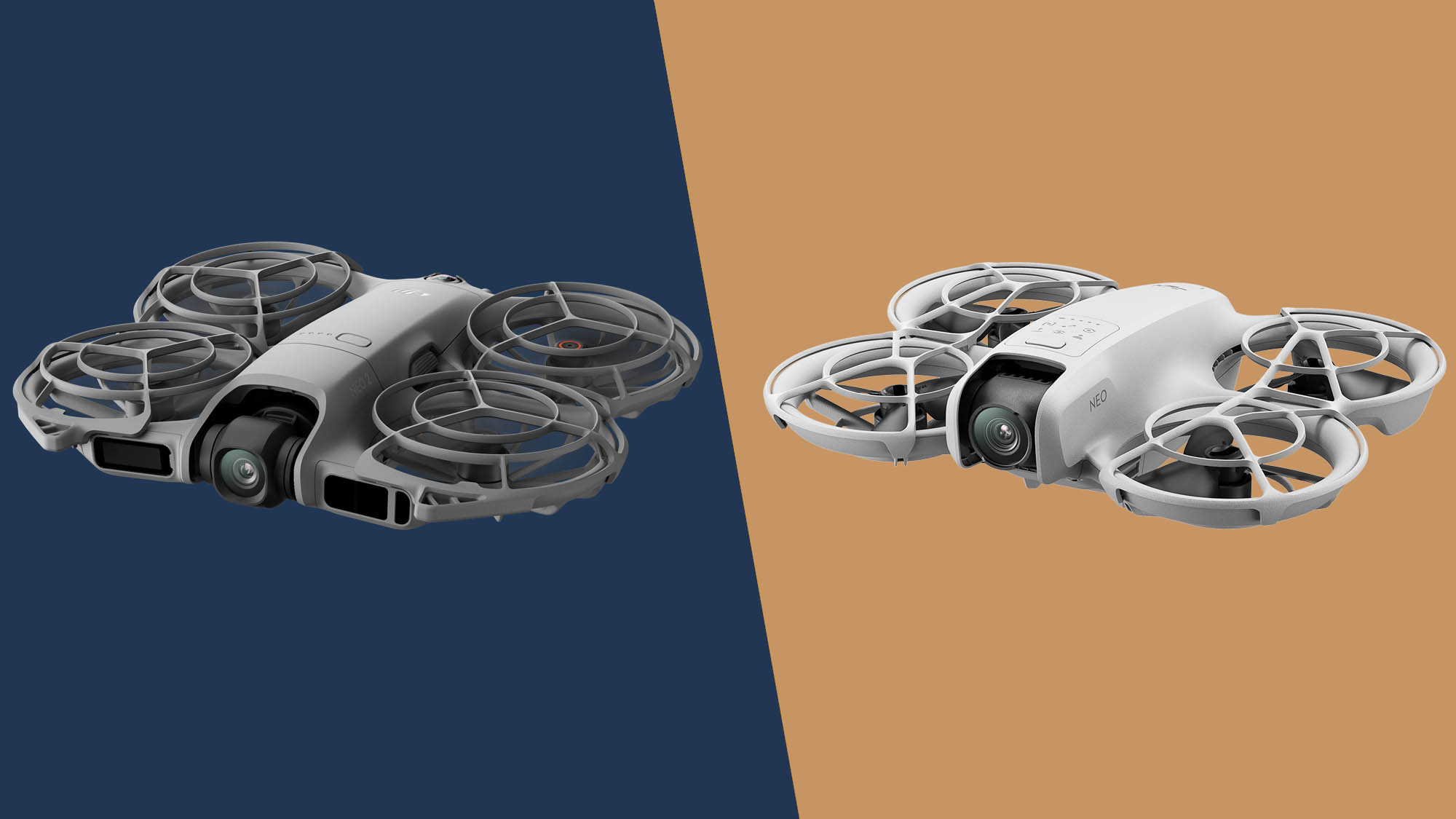
DJI's affordable and easy-to-use Neo 2 drone for late 2025 and beyond has better object sensing for safer automated flight.
DJI's hit budget drone from 2024 is still worth a close look if you can find it selling at a good price.
A little over a year after DJI Neo arrived in September 2024, DJI has released the Neo 2. It’s just a little more expensive, but brings major improvements across several areas to become one of the best beginner drones.
The DJI Neo 2 gets advanced omnidirectional object detection system. And it’s an all-round beefier design that allows for steadier flight in wind, slightly longer flight time and faster speeds.
Some criticised the original DJI Neo for being a little too basic for its own good. However, I thought it was ideal for the people looking for a simple, lightweight an affordable selfie drone with the potential for multiple ways to fly. However, the DJI Neo 2 has come along, raised the bar and has shown we can be more demanding in future.
I’ve picked the five key traits that separate the two generations.
You’ll be able to pick up a DJI Neo 2 for £209/ AU$409 for the drone only, or £349 / AU$709 for the More Fly Combo bundle. At the time of writing DJI is not offering the Neo 2 in the US, following an FCC vote that could see the company banned from the US if it is not audited under the National Defense Authorisation Act (NDAA) by the end of the year.
“DJI remains committed to the U.S. market and is optimizing our strategy to best serve our customers amidst evolving local conditions,” says a DJI spokesperson. We'll have to see how this one plays out.
Serious stuff out of the way, let’s dig into five major improvements the DJI Neo 2 brings over the original DJI Neo drone.
Sign up for breaking news, reviews, opinion, top tech deals, and more.
1. Omnidirectional object detection
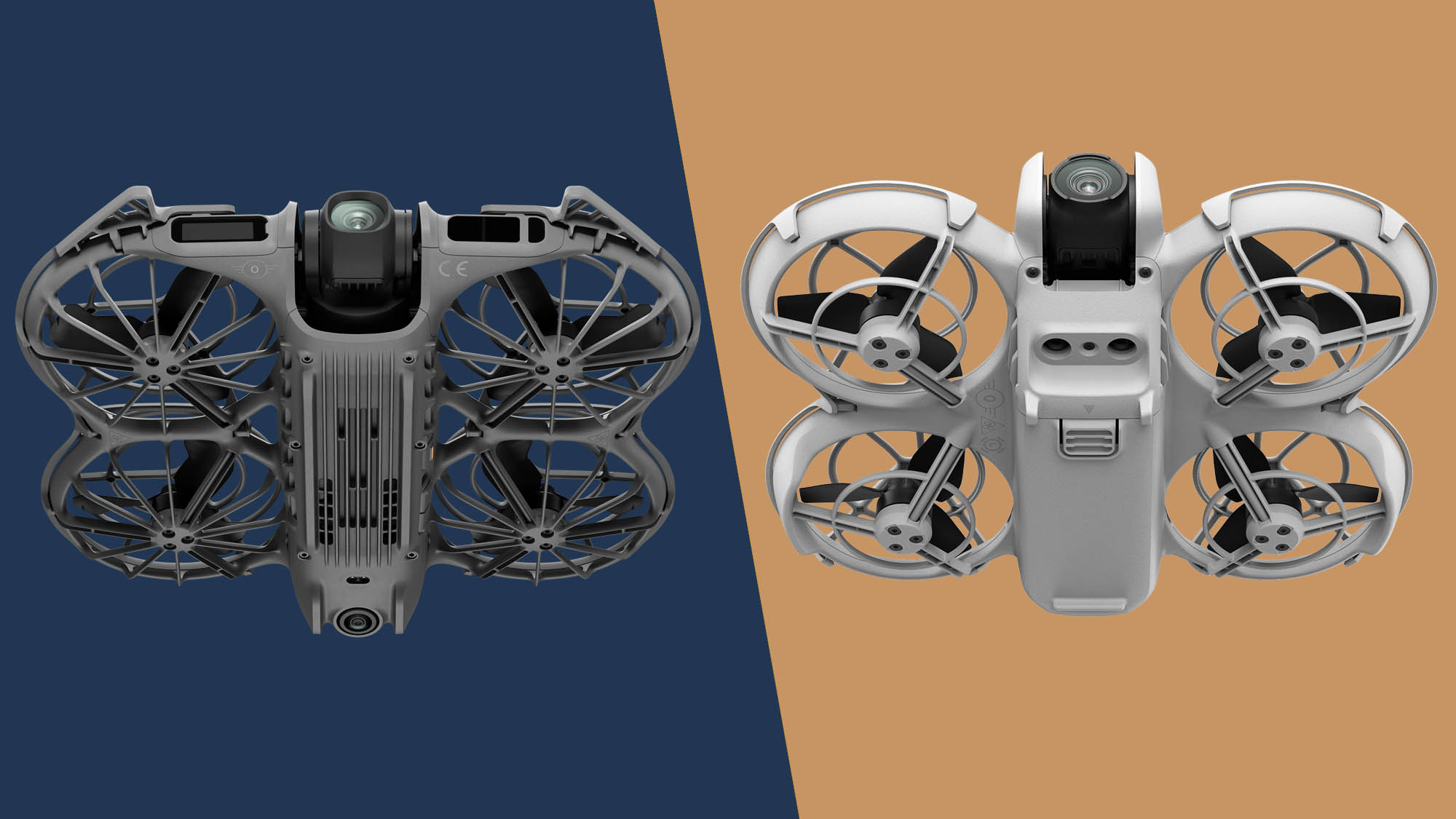
- DJI Neo 2 has LiDAR and infrared object sensors
- DJI Neo relies on front and underside cameras
The DJI Neo 2 has an important feature not typically seen in very small, affordable drones: an omni-directional object detection system. This is a must for more dynamic automated movement, at least if you want your drone to avoid bashing into something.
DJI’s original Neo uses its front camera to track objects, and a downward camera to scan for obstacles below the drone during flight. We got the basics. And it mostly suited the Neo, which was after all sold at a price pitched for first-time drone buyers.
The Neo 2 is a lot more capable. It has an infrared downwards facing camera and front LiDAR to more accurately be able to judge where objects in front of the drone actually are.
LiDAR fires out a laser pulse that bounces off objects and returns to a sensor, and the time taken to return lets the Neo 2 calculate how far away that object is.
Having greater awareness of the world around it allows for smarter automated ActiveTrack modes. However, as the original Neo has that downwards-facing sensor, both drones support Return-to-Palm. This is where it senses when you place an open palm under the Neo while it hovers, and it will slowly land on your open hand.
2. Gesture control
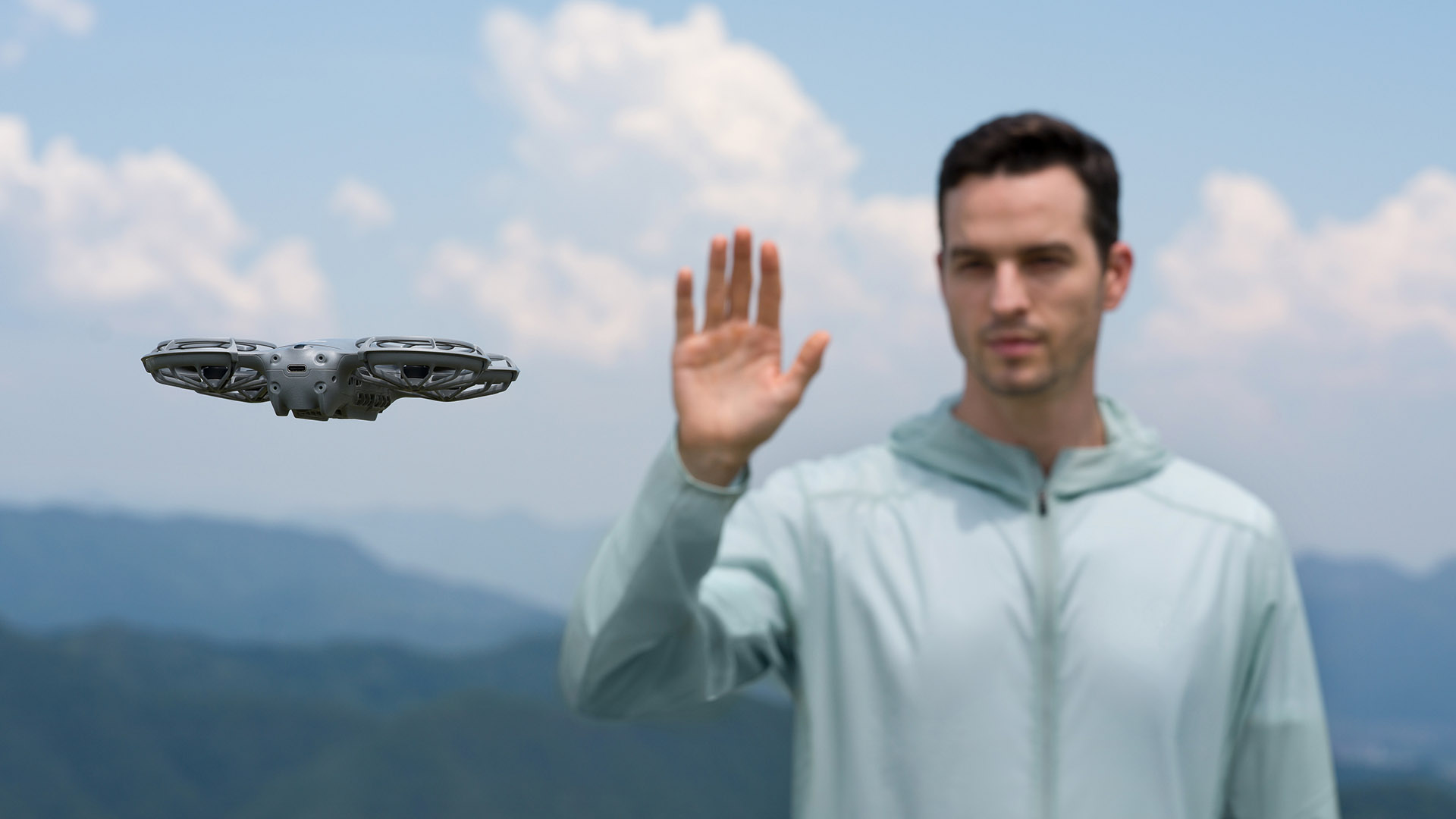
- DJI Neo 2: Gesture and voice control
- DJI Neo: voice control only, via app
Palm-based gesture control has been around in DJI drones since 2017, when it was introduced in the DJI Spark. It has been in plenty of drones since too, but was missing from the Neo.
DJI Neo 2 brings it to this affordable and lightweight series. When you face the drone with palm up, left and right movements will control the drone’s altitude. With both palms up facing the drone, moving your hands apart will make the Neo 2 move further away. Bringing them together will make it approach you, in what’s like the drone equivalent of a pinch to zoom smartphone gesture.
Just like the first DJI Neo, voice control is an option too. This relies on the phone app, transmitting over Bluetooth, so you will need to be reasonably close by.
3. On-drone display
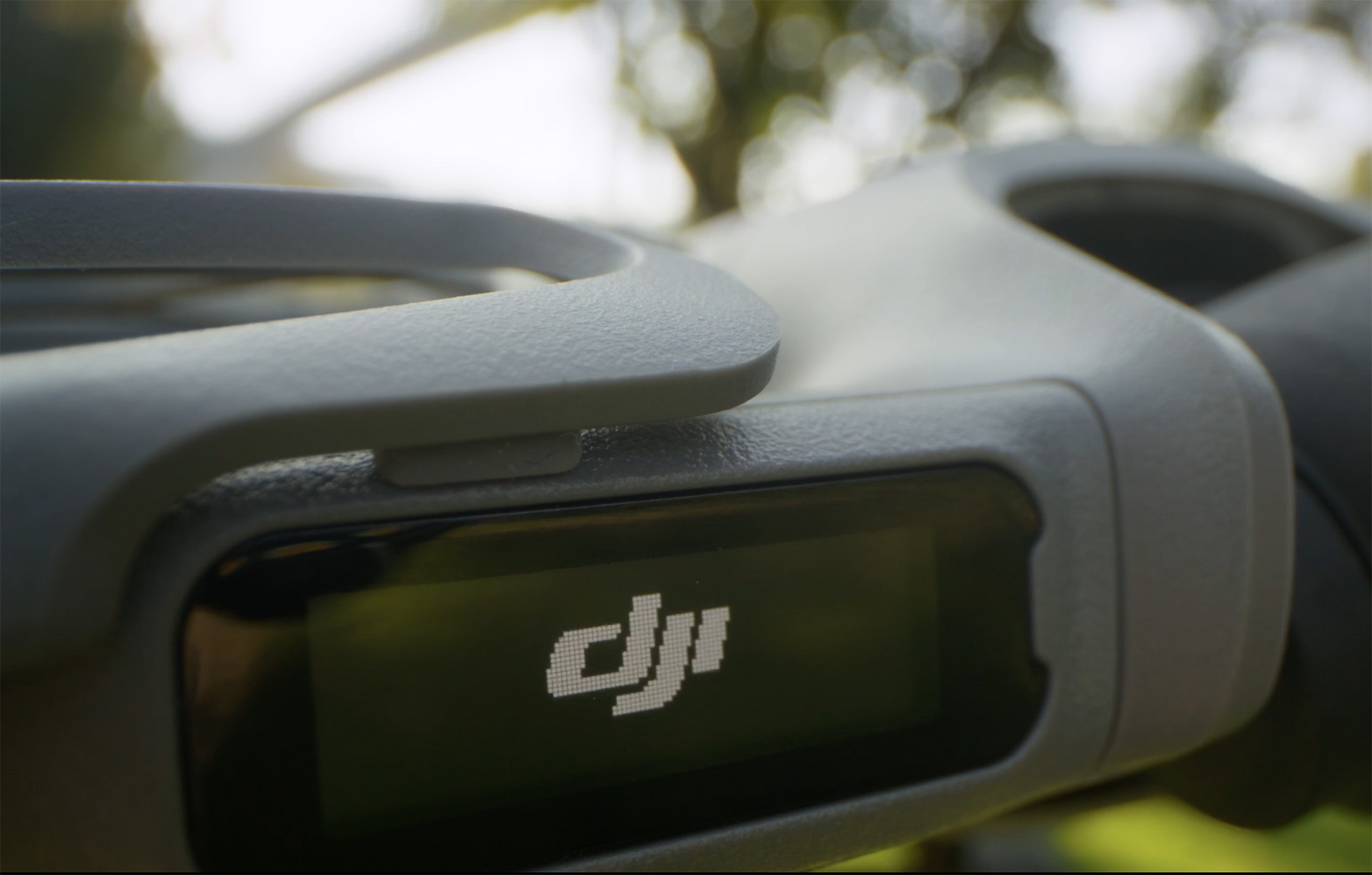
- DJI Neo 2: Small front-mounted display
- DJI Neo: Light-up mode panel
See the two little black rectangular areas on the front of the DJI Neo 2? The left of these is a screen. It’s a simple monochrome display used to show the currently enabled mode.
You won’t actually find one of these in DJI’s more expensive Air 3S, Mavic 4 Pro or Mini 5 Pro drones, but it makes sense when you consider how these different ranges are typically employed. While the DJI Neo 2 can be used with a DJI remote controller like the DJI RC-N3, everything about it screams it’s intended to be used primarily as a simple standalone drone that can pretty much operate effectively entirely without any direct manual control.
In this context, having a display is a sensible idea. But will it continue in future generations? The Neo 2 is a proving ground for this concept.
The DJI Neo does have a indicator, but it's a simpler one: a light-up panel on its top. It is harder to see mid-fight than the Neo 2's display, though, so it's a win for the newer model.
4. It’s faster and more powerful

- DJI Neo 2: 12m/s object tracking speed
- DJI Neo: 8m/s object tracking speed
The DJI Neo 2 is a heavier and slightly larger drone than its predecessor. It weighs 5.3oz / 151g compared to just 4.8oz / 136g for the DJI Neo. A negligible increase, and the Neo 2 is in the same registration-free weight class.
However, that weight gain pays off. The most consequential difference in use is the Neo 2 is a lot more capable at dealing with wind.
Where the original DJI Neo is rated for level 4 wind resistance, indicating it’s able to cope with wind speeds up to 8m/s, the Neo 2 manages level 5. This is equivalent to 10.7m/s, or a decent breeze.
While not on par with a industrial drone, it’s the same rating the DJI Mini 5 Pro has. And that’s a far more expensive drone.
The DJI Neo 2 is a more powerful and robust flier than its predecessor. It plays out in maximum tracking speed too. The newer drone can maintain 12m/s when tracking a subject, which converts to an impressive 26mph or 43km/h, compared to 8m/s in the last generation. And it took a firmware update to reach that level in the older model too.
Extra power isn’t just about speed, of course. It has more stable hovering, and thanks to its better sensing skills can move more dynamically too. DJI has not even had to reduce flight times to achieve this either. The Neo 2 is rated for up to 19 minutes of light per battery, up from 18 minutes in the original Neo. Real-world flight times will as ever vary based on flying conditions.
5. Better image quality: 4K at 60fps and more

- DJI Neo 2: 4K at 60fps and 100fps (slo-mo)
- DJI Neo: 4K at 30fps
DJI has made significant improvements to the DJI Neo 2’s imaging skills even though the two generations of drone both have 12MP sensors of 1/2-inch size.
First up, the lens gets a f-stop upgrade, from f/2.8 to f/2.2. This means it has a significantly wider aperture. More light is let in, increasing the native sensitivity of the camera and hopefully decreasing the incursion of noise a bit in poorer lighting.
Perhaps more noticeable for most, the Neo 2 also gets more advanced capture modes. While the original Neo could shoot at 4K resolution, it tapped out after 30fps. The Neo 2 can also shoot at 4K, 60fps, which is the mode many want to shoot at by default these days.
To compensate for the extra heft of that footage, internal storage gets a bump too, from 22GB in the Neo to 49GB in the Neo 2.
It doesn't stop there. The DJI Neo 2 also has a 4K 100fps slo-mo mode, accessible when the drone is manually controlled rather than using its various automated follow modes.
Vertical video is also available at up to 2.7K resolution, up from 1080p in the last generation.
Overall, the Neo 2 is a highly compelling beginner drone, at an equally attractive price point.
Follow TechRadar on Google News and add us as a preferred source to get our expert news, reviews, and opinion in your feeds. Make sure to click the Follow button!
And of course you can also follow TechRadar on TikTok for news, reviews, unboxings in video form, and get regular updates from us on WhatsApp too.
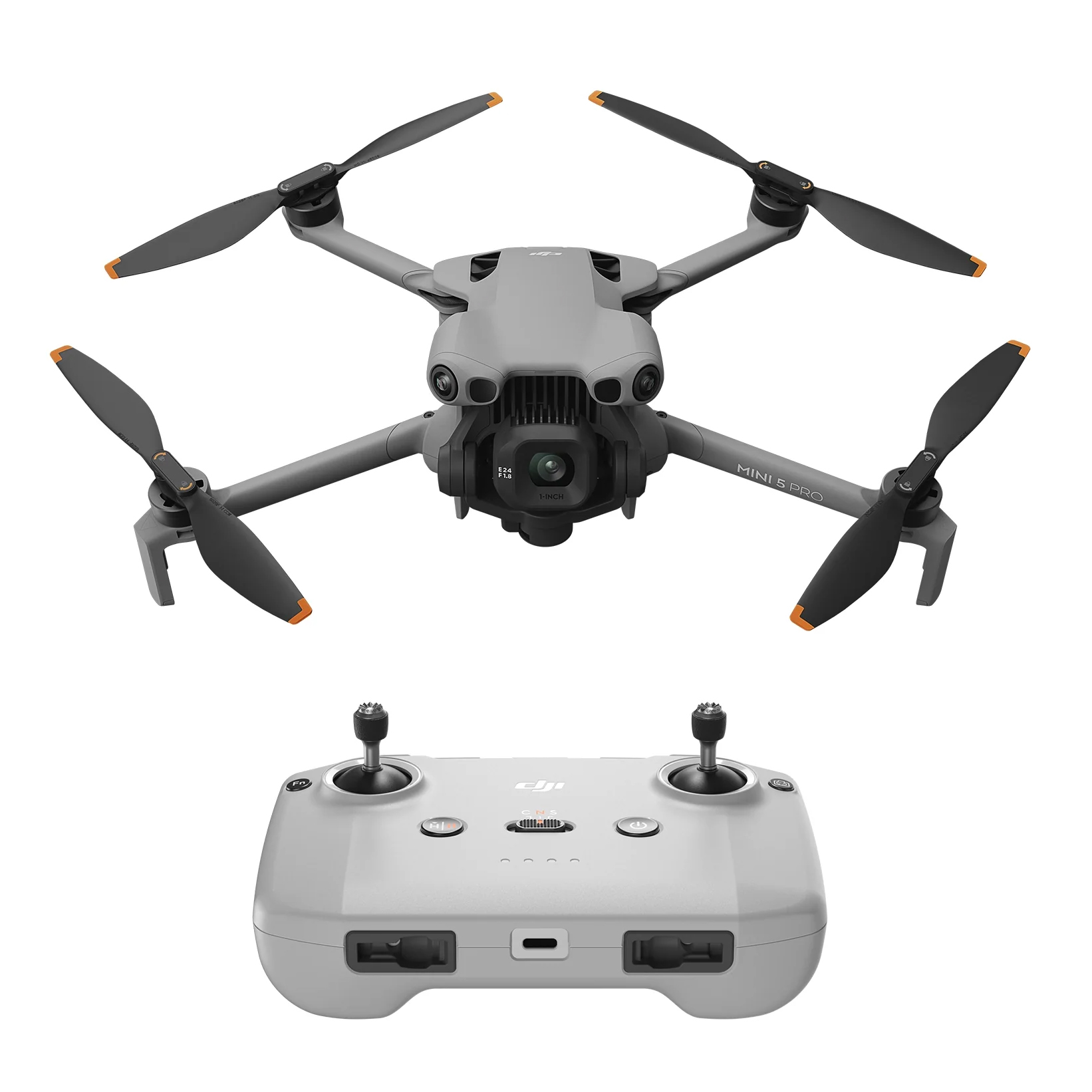
➡️ Read our full best drones guide
1. Best overall
DJI Mini 5 Pro
2. Best budget
DJI Mini 4K
3. Best professional
DJI Mavic 4 Pro
4. Best for selfies
HoverAir X1 Pro

Andrew is a freelance journalist and has been writing and editing for some of the UK's top tech and lifestyle publications including TrustedReviews, Stuff, T3, TechRadar, Lifehacker and others.
You must confirm your public display name before commenting
Please logout and then login again, you will then be prompted to enter your display name.